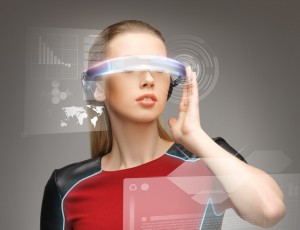The Global Wearable Computing market is estimated to be $2.03 billion in 2014 with a CAGR of 44.99% is poised to reach $39.64 billion by 2022. The factors influencing the market growth include, Increasing Smart watches, Wristbands, Wearable Health & Medical Devices. Whereas high initial price and limited battery life are the factors limiting the growth of the market. The growth of the market lies in multiple application areas.
Request For Sample Report Here: http://www.marketresearchstore.com/report/global-wearable-computing-market-outlook-25477#requestSample
Global Wearable Computing market is segmented by Technology, by Product, by Applications and by Geography. Depending on the Technology, market is segmented into Computing, Networking and Display. Based on Product, market is classified into Smart Clothing and Textiles, Wearable Camera, Activity Monitoring Device and Virtual Reality Eyewear. Based on Application, market is further segregated into Healthcare, Fitness And Sports, Consumer, Home Automation, Defense & Security, Industrial and Gaming. Market by geography is segmented into North America, Europe, Asia Pacific and Rest of the World.
The Key players in the Global Wearable Computing market include, Sony Corporation, Microsoft, Motorola Mobility, Valve Corporation, Xmreality, Under Armour Inc., Smartlife Technology Ltd, Philips Healthcare, Omron.
Market share assessments for the regional and country level segments
Market share analysis of the top industry players
Strategic recommendations for the new entrants
Market forecasts for a minimum of 8 years of all the mentioned segments, sub segments and the regional markets
Market Trends (Drivers, Constraints, Opportunities, Threats, Challenges, Investment Opportunities, and recommendations)
Strategic recommendations in key business segments based on the market estimations
Competitive landscaping mapping the key common trends
Company profiling with detailed strategies, financials, and recent developments
Supply chain trends mapping the latest technological advancements


